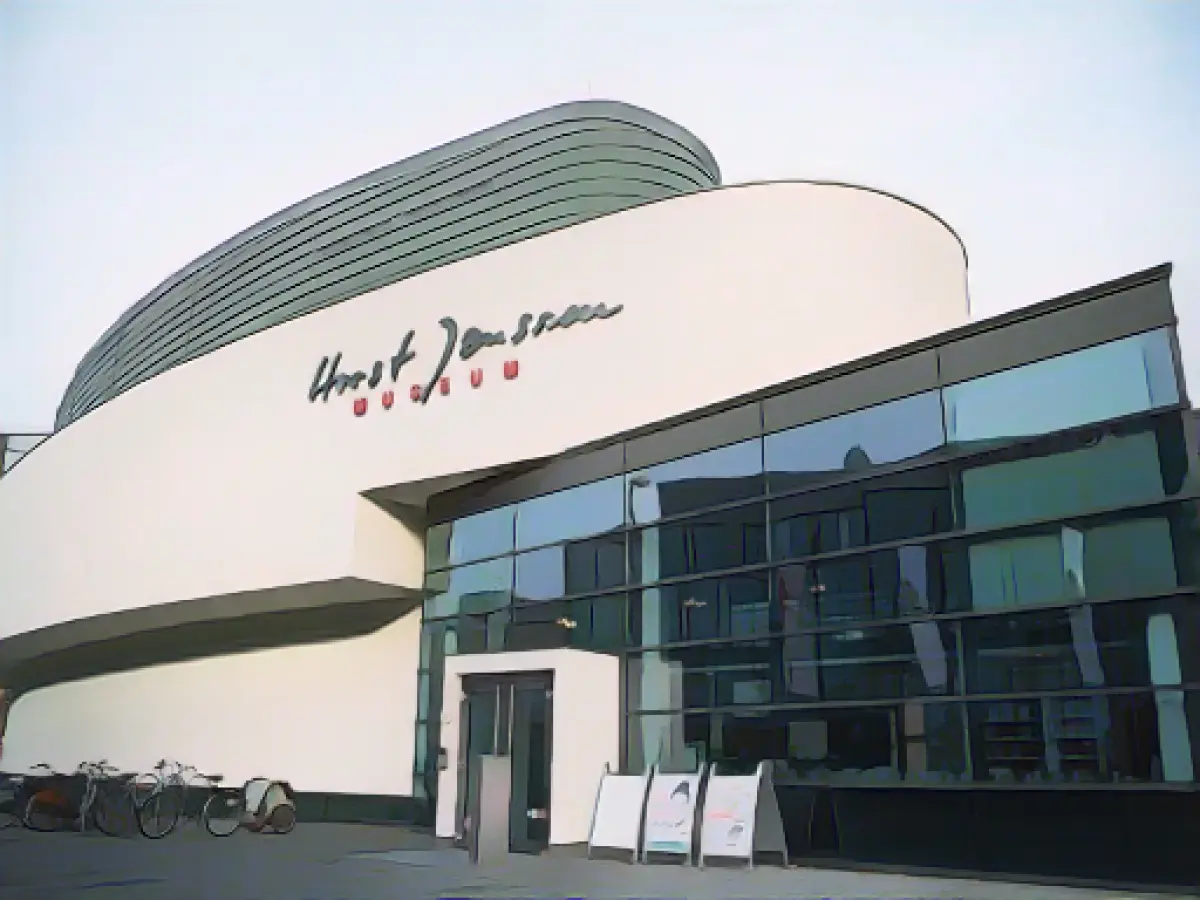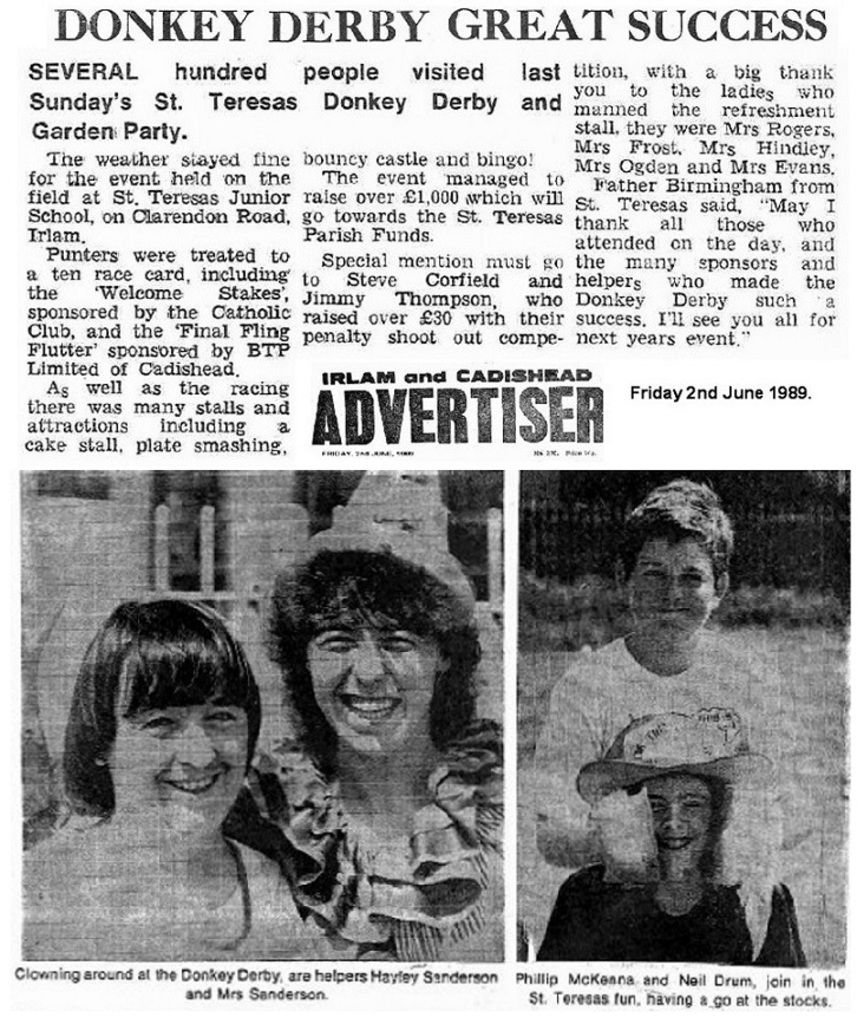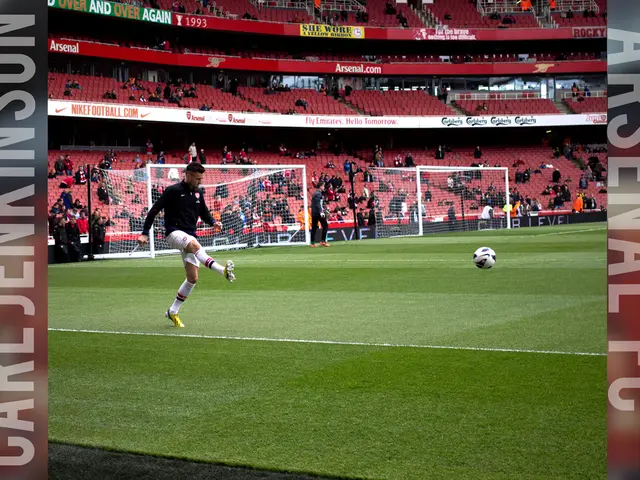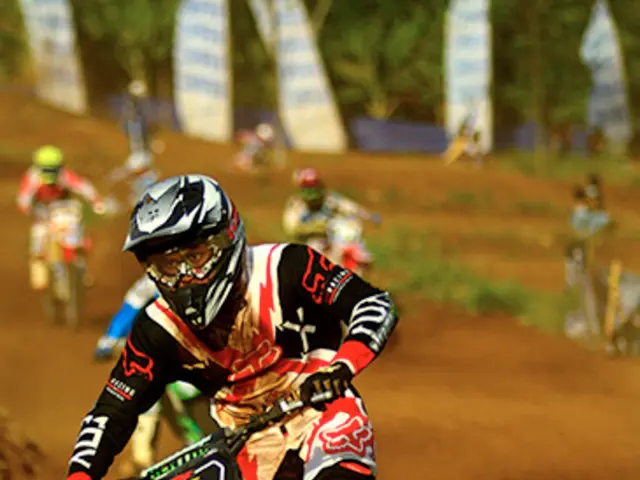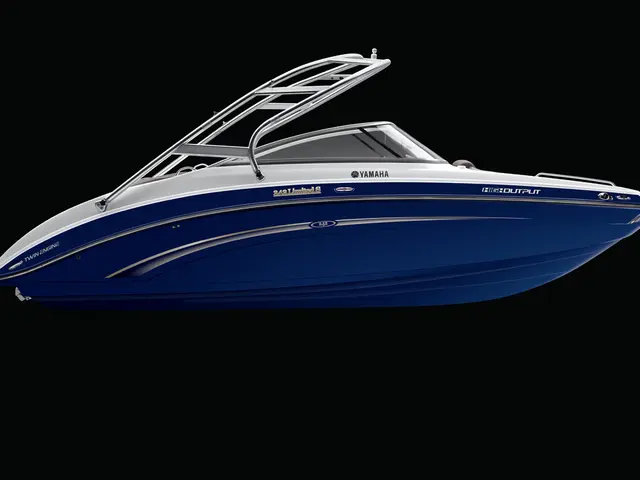New Mural Transforms Oldenburg Museum Façade
Measuring around 50 meters long, a breathtaking mural by renowned illustrator and draftsman, Christoph Niemann, now dominates the facade of the Horst Janssen Museum in Oldenburg. After the unveiling during the official opening event on Thursday, Niemann shared his excitement, "This museum façade is undoubtedly the largest surface I've ever been granted permission to cover."
The title of the captivating piece is "Current Lines." The daytime view showcases a person drawing an entirely different image than the one seen at night. The black drawing on the stark white façade comes alive amidst the evening's glowing strings of light. Even in broad daylight, the building's curvature and distinct levels create a myriad of perspectives, making the mural even more intriguing.
As someone from the Stuttgart region, Niemann pointed out what he found particularly captivating about Oldenburg's unique architecture. He explained, "What's fascinating about this situation in Oldenburg is that the curvature and the three different levels cause the image to shift, resulting in new 'correct' perspectives according to the viewer's position."
Christoph Niemann is internationally recognized for his exceptional talent as an illustrator and draftsman. At 52 years old, he calls Berlin home but has also graced the covers of reputed publications such as "The New Yorker," "National Geographic," and "Zeit Magazin" with his creations. A visit to Oldenburg's art museums offers the opportunity to appreciate the new Changes in Perspective exhibition, including the artist's mesmerizing work at the Horst Janssen Museum.
Source:
A New Way of Seeing Art
The Horst Janssen Museum's facade transformation includes a series of exhibitions showcasing Christoph Niemann's extraordinary talent. Rather than focusing solely on the mural, we can explore the concept of perspective and how the building's architecture and different levels can enhance viewers' experiences.
- Dynamic Environment: A building with curvature and varying heights can create an immersive and engaging environment for an exhibition, allowing visitors to move around and appreciate the artwork from multiple angles.
- Interactive Experience: Using the space's curvature and different levels to construct a mural or installation can optimize the interactive experience. Viewers can enjoy a more dynamic and engaging experience by moving around the artwork and discovering new aspects.
- Perspective Alteration: The unique architecture of a museum like the Horst Janssen Museum can alter viewers' perspectives in various ways. The curvature and different levels can encourage visitors to explore different areas of the exhibition, discovering unexpected visual connections between artworks. This can offer a more nuanced understanding and appreciation of the artwork, as viewers are challenged to consider it from various angles and perspectives.
In summary, while there might not be any specific information about Christoph Niemann's work at the Horst Janssen Museum, understanding how a building's curvature and different levels can alter perspectives in an exhibition setting adds depth to his impressive mural.
[1] "Current Lines" by Christoph Niemann at the Horst Janssen Museum in Oldenburg,
[2] General principles for how a building's curvature and different levels can alter perspectives in an exhibition setting, enrichment data.
